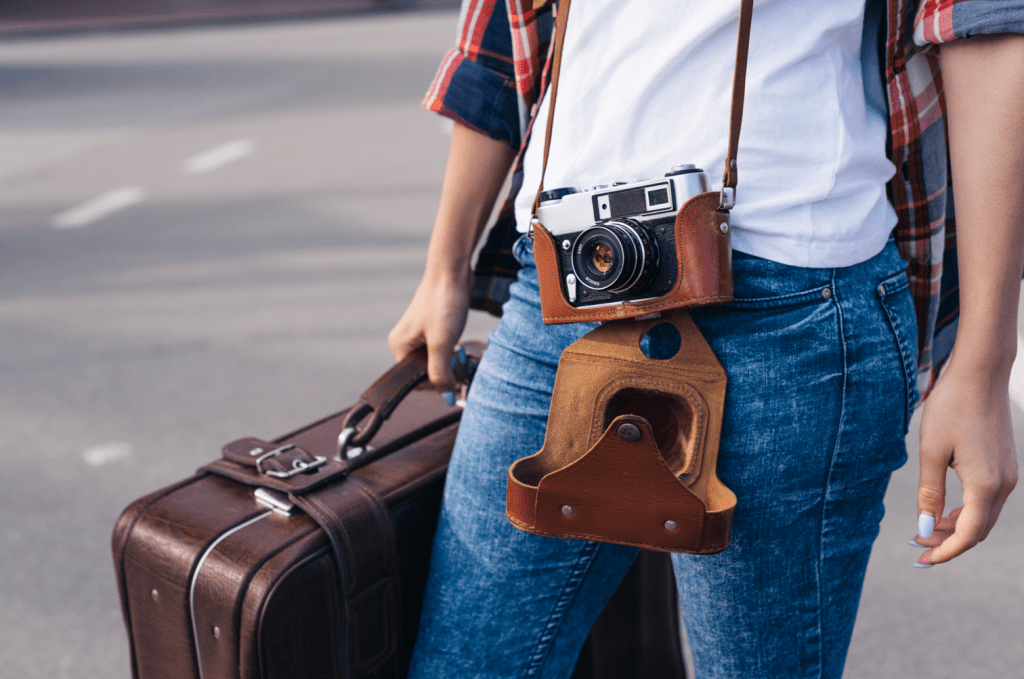Photography is more than just an art; it’s an investment. From professional DSLRs and high-end lenses to memory cards, filters, and drones, photographers carry thousands of dollars’ worth of gear with them. Protecting that equipment is not optional; it’s essential. That’s where a Pelican case proves its worth. Designed with rugged protection, customizable storage, and travel-readiness in mind, these cases have become a staple for serious shooters around the world.
So why exactly should every photographer own one? Let’s break it down.
1. Protecting Gear from Impact Damage
Photographers often work in unpredictable environments — whether it’s a bustling city, a dusty desert, or a remote mountain trail. The risk of dropping a camera bag or knocking it against hard surfaces is ever-present. Unlike soft camera bags, hard cases are built to take a beating.
A Pelican case uses crushproof outer shells and high-density foam interiors that absorb shock, ensuring your equipment stays safe even if the case takes a tumble. The peace of mind that comes with knowing your gear can survive accidental drops is invaluable, especially during fast-paced shoots or while on the move.
2. Keeping Equipment Safe from Water
Photographers often work in conditions where exposure to water is unavoidable. Rain, snow, or even accidental spills can damage sensitive gear. That’s where the waterproof design of Pelican cases shines. With an O-ring seal and pressure equalization valve, the cases are watertight and resistant to moisture — even if they’re briefly submerged.
This makes them an ideal choice not only for nature and travel photographers but also for wedding photographers who often shoot in unpredictable outdoor conditions. Keeping gear dry means keeping your creative work on track.
3. Organizing Gear With Custom Foam Inserts
One of the standout features is the ability to customize the foam inserts inside the case. These inserts can be plucked or cut to perfectly match the shape of your specific gear. Instead of digging through a disorganized bag or dealing with loosely packed equipment, photographers can store everything in its designated slot.
This level of organization speeds up your workflow, especially on set or during travel. You know exactly where everything is, and you can quickly check if something’s missing before leaving a shoot location.
4. Securing Valuables While Traveling
Photographers frequently find themselves in airports, taxis, and hotels — situations where their gear may be out of sight or in a shared space. A hard case with locking options adds a layer of security that a soft bag simply can’t. Many Pelican models come with stainless steel reinforced padlock protectors, allowing you to use Transportation Security Administration (TSA)-approved locks for travel.
For professionals who travel internationally or work in high-traffic areas, this extra security helps deter theft and keeps your expensive investment safe.
5. Withstanding Extreme Conditions
Some shoots don’t happen in ideal weather. Whether you’re shooting in arctic temperatures, desert heat, or tropical humidity, your gear needs to perform without compromise. Pelican cases are designed to operate in a wide range of temperatures and climates. The materials used are UV-resistant, chemical-resistant, and corrosion-proof, ensuring durability in even the harshest environments.
Adventure photographers, wildlife documentarians, and extreme sports shooters can depend on a case that doesn’t buckle under pressure — or temperature changes.
When it comes to protecting your gear, cutting corners just isn’t worth the risk. A sturdy, dependable case can make the difference between a successful shoot and a costly setback. That’s why so many photographers trust a Pelican case — not because it looks cool or adds to their kit, but because it does its job flawlessly. If you take your photography seriously, it only makes sense to protect the tools that make it possible. A quality case isn’t just about safety; it’s about showing up prepared, staying organized, and keeping your focus where it belongs: behind the lens.


